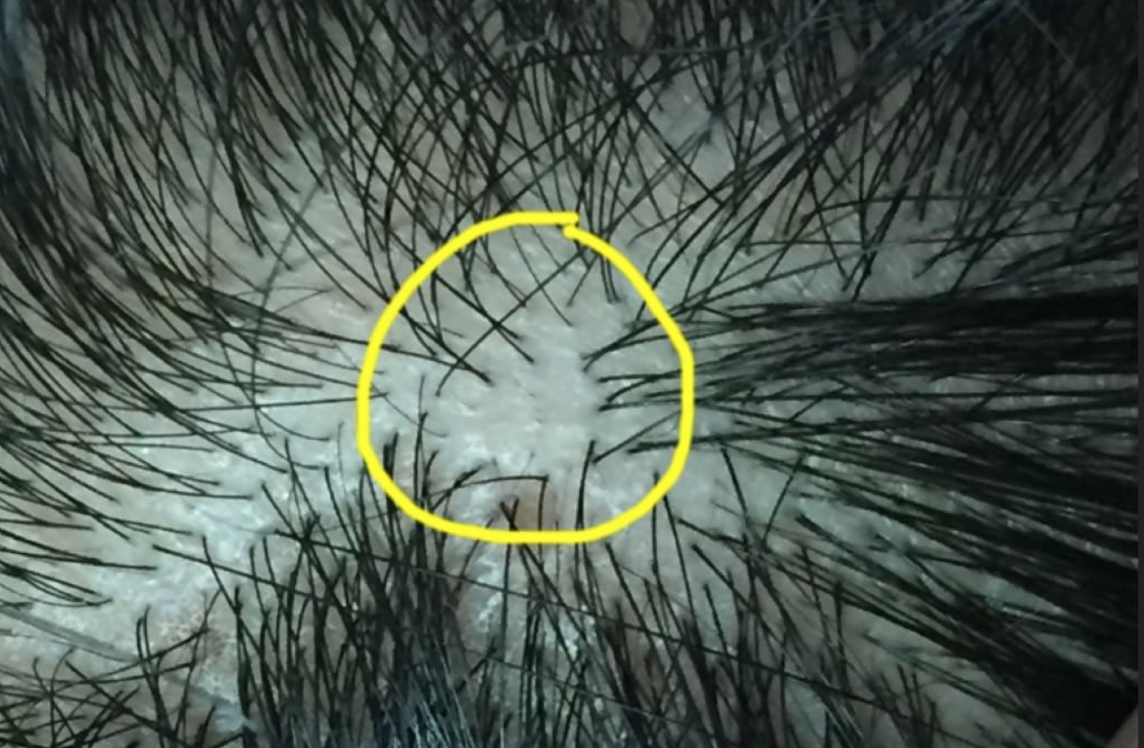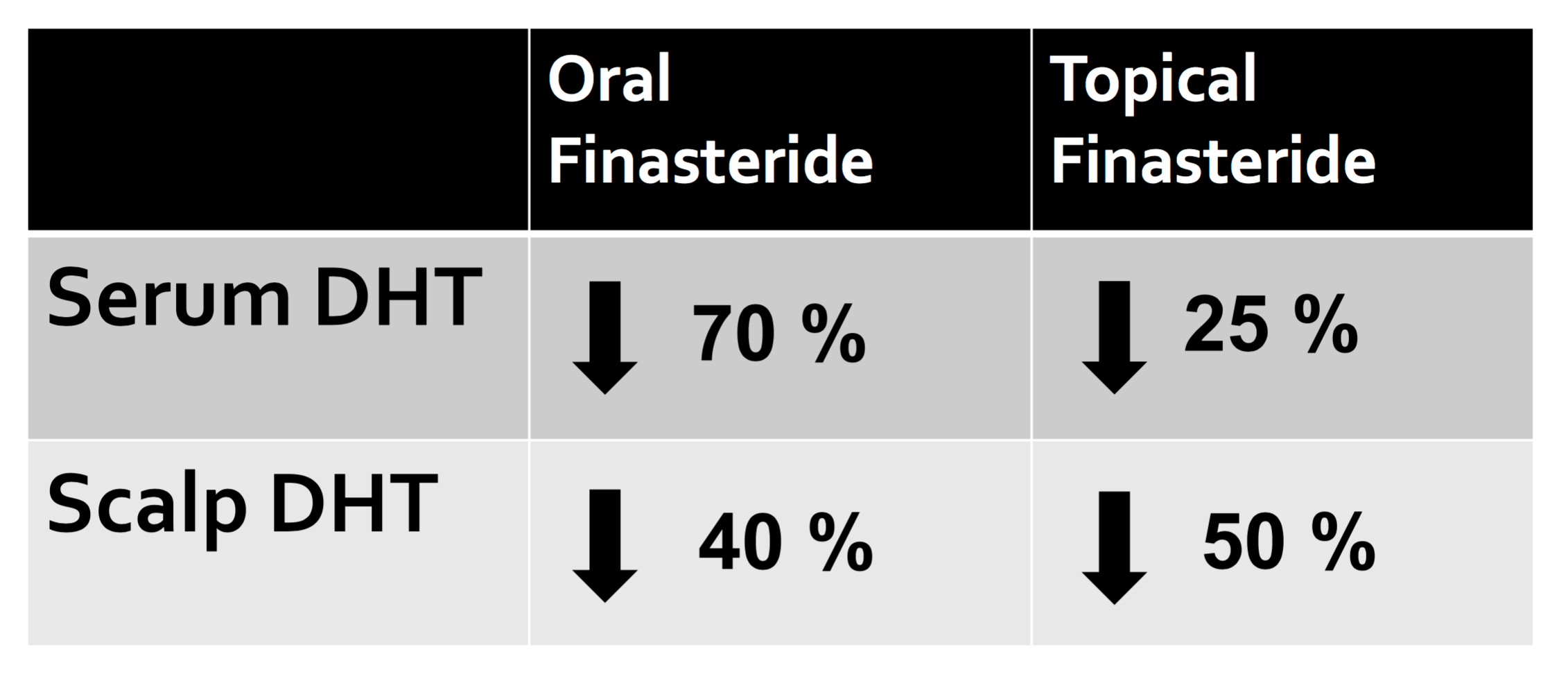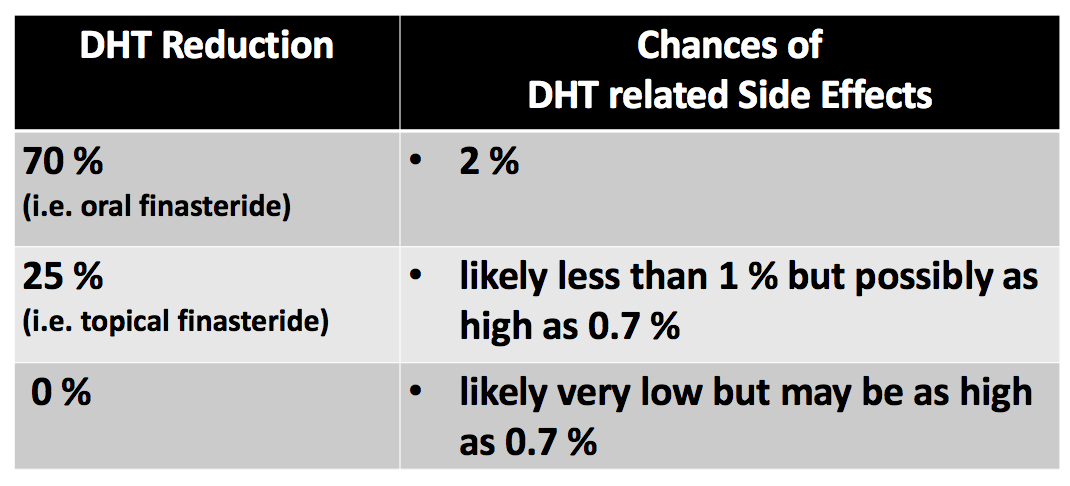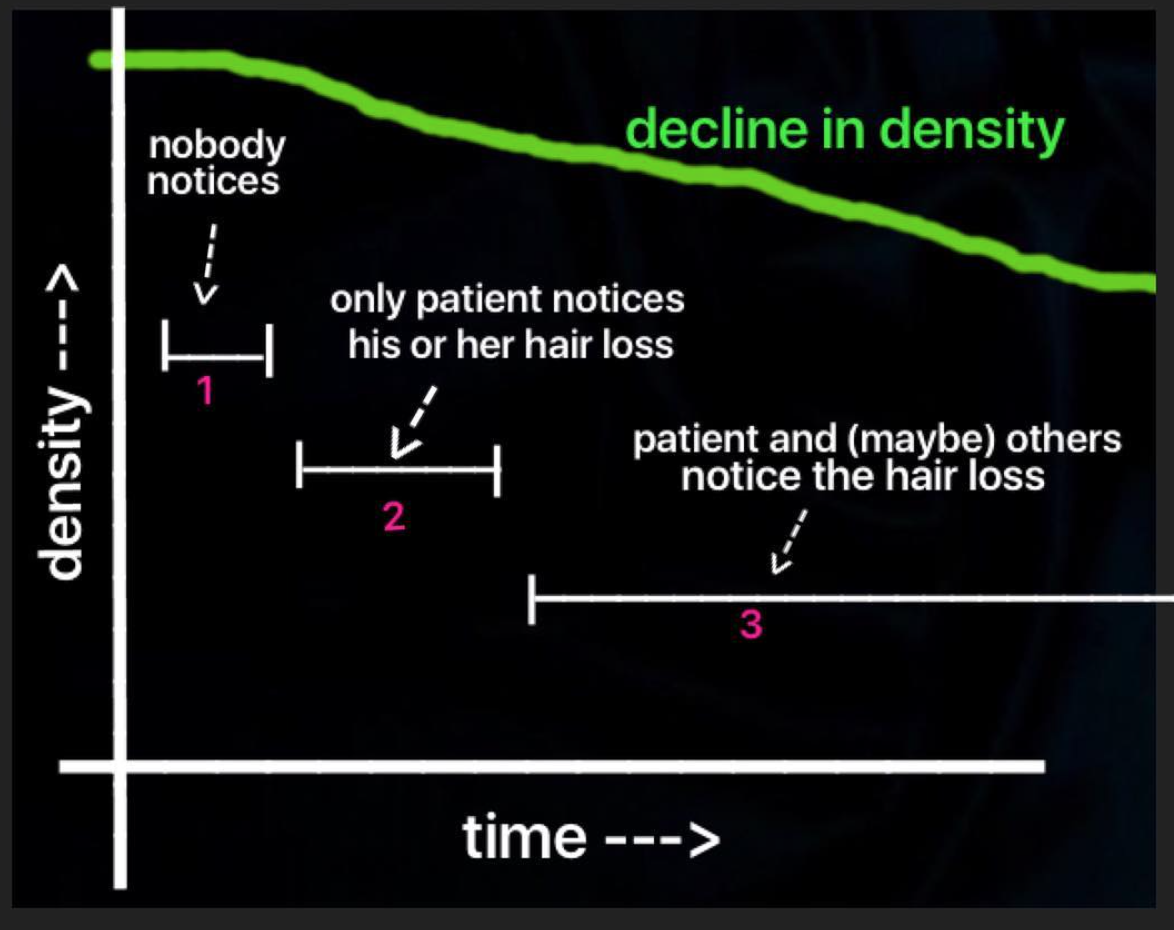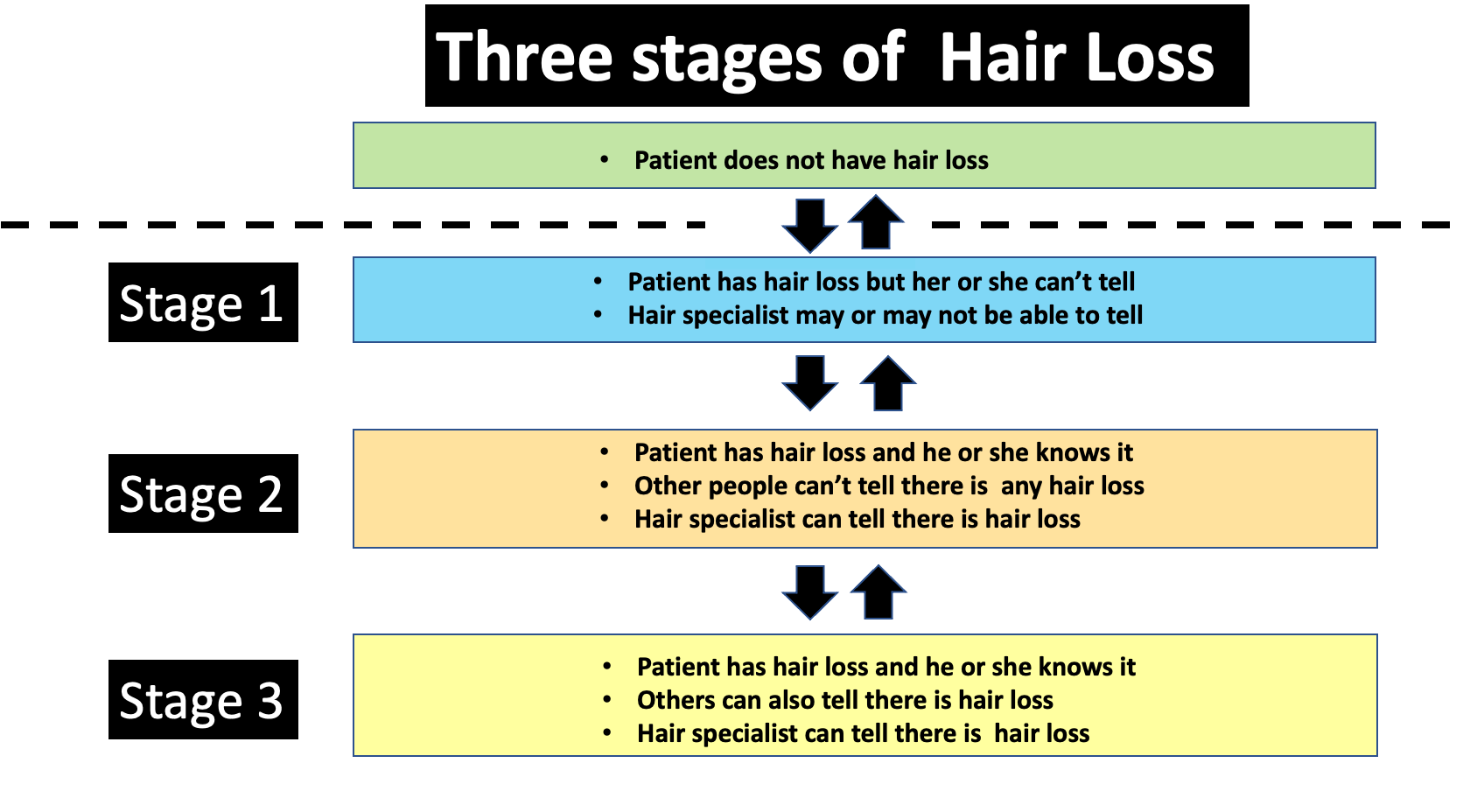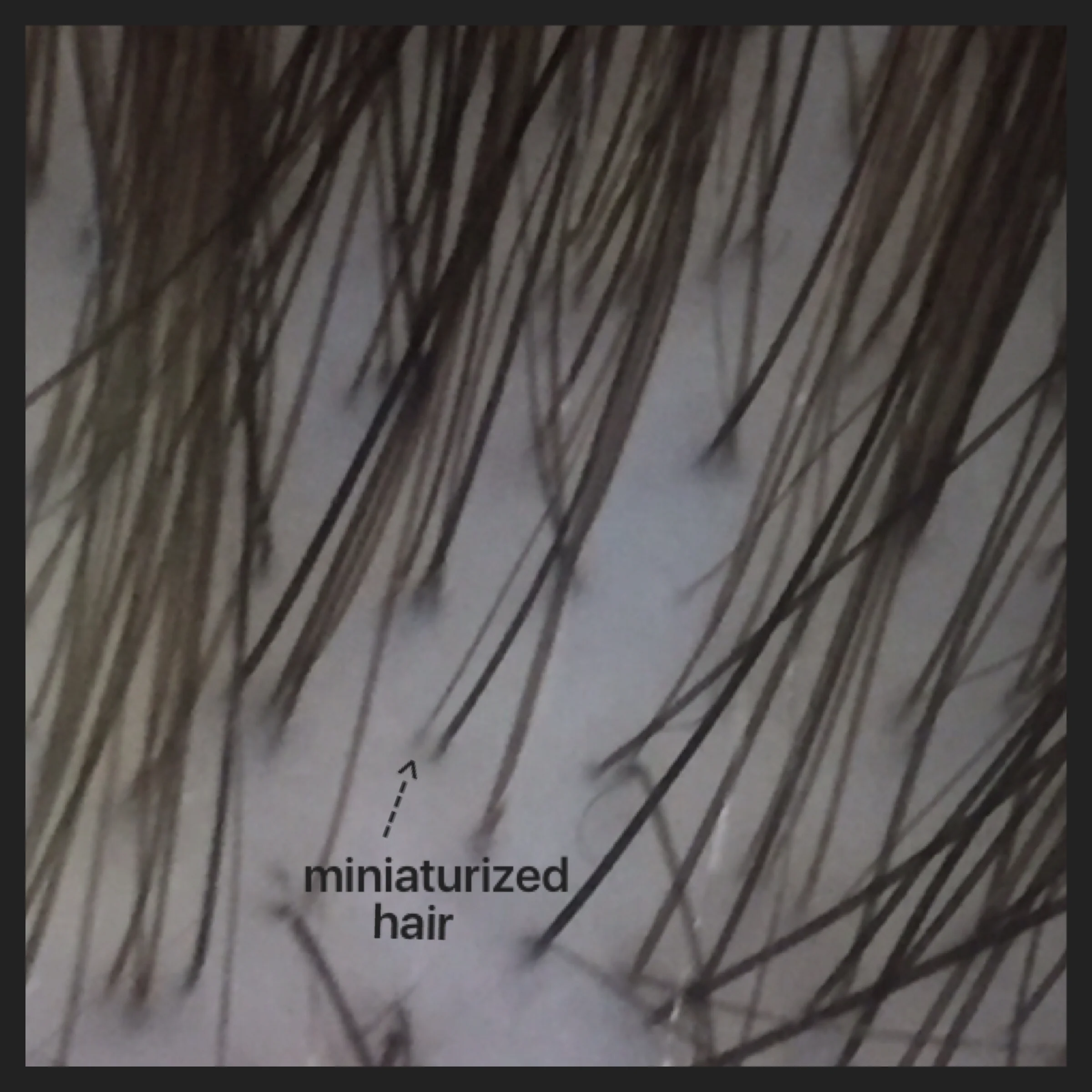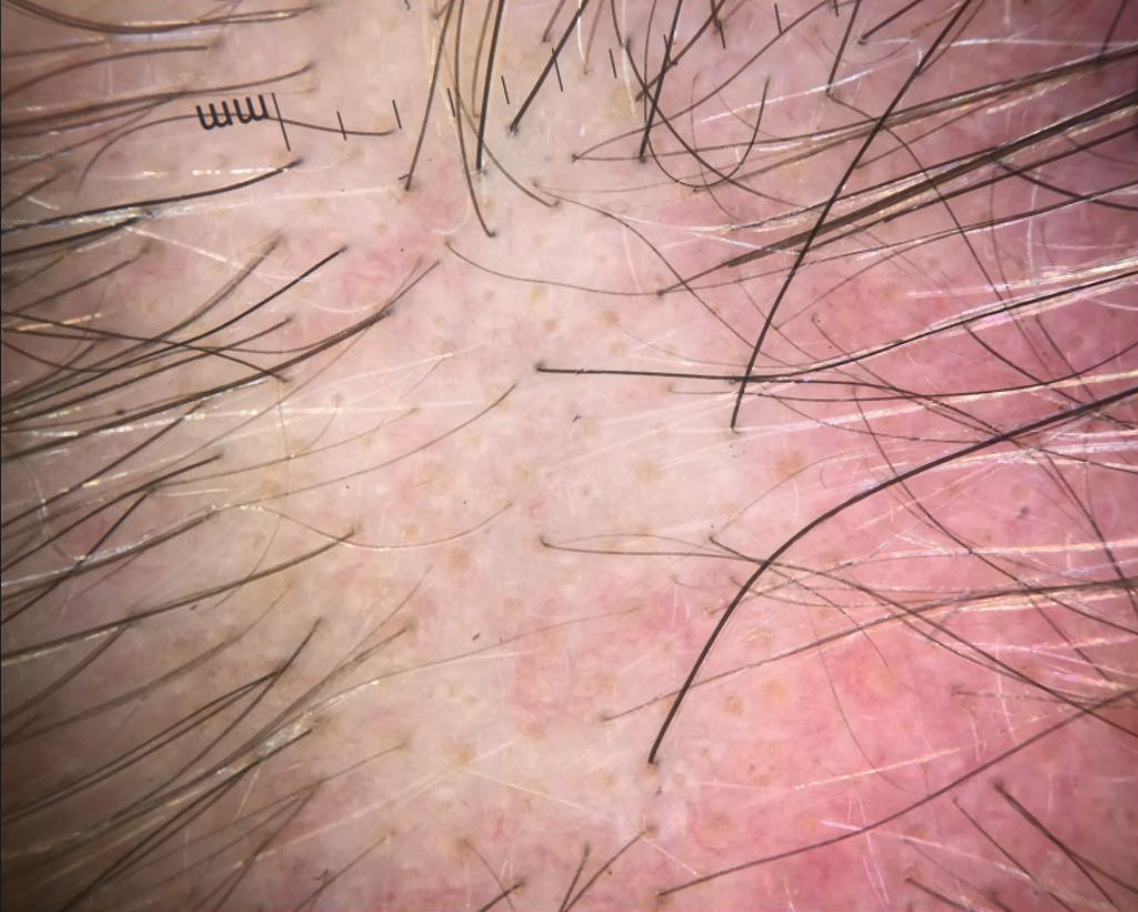Treatment of Androgenetic Alopecia During Pregnancy
Treating AGA in Pregnancy:
Most treatments for AGA are either not safe or not recommended during pregnancy. This includes minoxidil, anti androgens, various supplements, over the counter products and topical agents. The cardinal rule of treating any conditions during pregnancy or using any treatment during pregnancy is simple: ask a physician.
Low Level Laser: Generally Safe for Most
Low level laser treatments (LLLT) are the only safe treatments during pregnancy for women with AGA. This applies to most of the standard at home devices. Everything else needs stopping and some treatments need stopping well in advance. For some women, treatments during pregnancy are not necessary because it is possible due to hormonal surges during pregnancy stopping treatment may potentially not have a huge effect while pregnant and one can start many treatment again after giving birth. However, it should be noted that some women do experience hair loss during pregnancy as well.
WHICH HAIR LOSS MEDICATIONS ARE SAFE TO USE WHILE BREASTFEEDING?
Although I often ask my patients to discontinue most hair loss medications during pregnancy, the question frequently arises as to whether some medications can be restarted while moms are breastfeeding. Breastfeeding has many benefits for babies. For some drugs, the answer is yes. For others, the answer is no.
In 2001, the American Academy of Pediatrics published a helpful guide as to the safety of medications during breastfeeding. It's important to always check with your physician before starting any medication during breastfeeding. However, the following medications (used in hair loss) are felt to be safe for women who are breastfeeding. For a full list of medications which are safe during breastfeeding, click here.
I generally do not recommend restarting treatments until month 1 after delivery if the baby is breastfed although many studies and reports show no harm in use if minoxidil and antiandrogens by women who are breastfeeding.
This article was written by Dr. Jeff Donovan, a Canadian and US board certified dermatologist specializing exclusively in hair loss.

